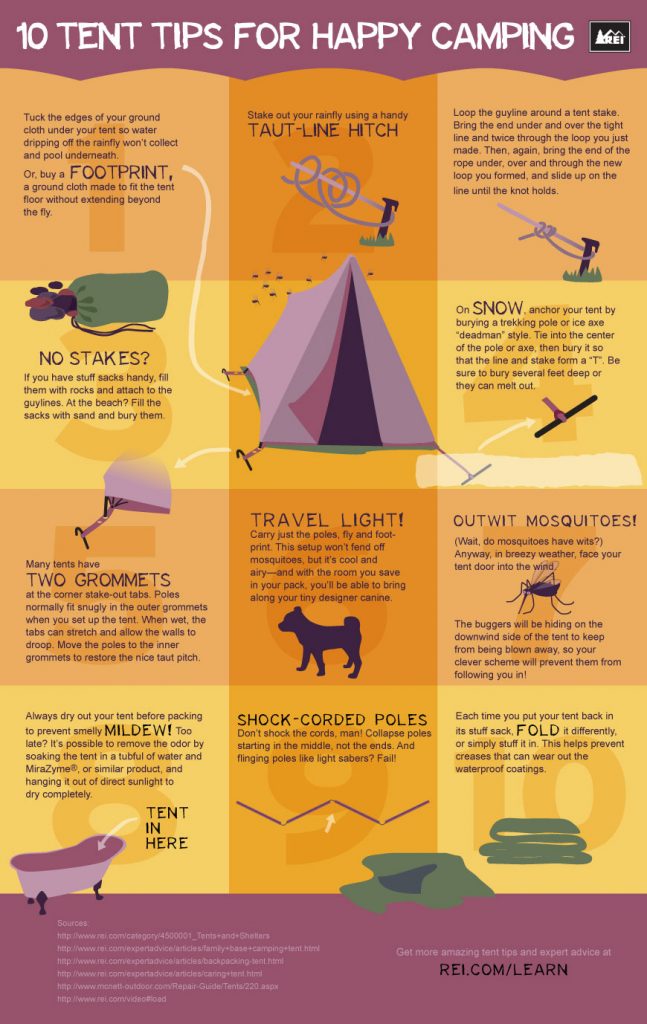Which Brand Is Best For Glamping Operators
Choosing the Right Risks for Person LinesFor ounce counters, stakes are a prime area to save money. The majority of risk sets come with a things sack that makes them very easy to load and safeguard.
They can quickly permeate softer, sandy dirts and pine duff but deal with rough surface. Their blunt ends benefit from the use of a mallet.
Hook Risks
Generally lengthy needles with a factor on one end and a flattened head at the other, pin stakes are easy however efficient. They function well in tough ground where it's hard to drive in longer stakes and do especially good work in rocky terrain, as the suggestion can work its method in between hidden rocks. Some variations (like Sea to Top's Ground Control risks) have 3 notches for individual lines, which lower utilize and improve holding power.
A common alternative to guard's hook stakes, plastic energy stakes typically have a Y-shaped shaft that won't turn in the soil and often tend to be longer than hook stakes. They're strong and durable enough for modest usage, though they are brittle if you attempt to hammer them into rock or tough dirt. They also require to be tilted sufficiently to stop the person line from slipping off if it ends up being slack in time (looping it around the shaft two times can assist). Size: Longer risks compact dirt over a better deepness and quantity, which can increase overall frictional resistance.
Nail/Pin Risks
Toenail risks have a pencil factor for simple driving into clay, rock, or compressed dirt. These stakes are likewise extra resilient than timber stakes and do not splinter. They are usually utilized in building, fence, and erosion control projects.
These risks have actually 12 spirally set up nailing holes one inch on center providing each risk with 24 prelocated nail entrance points making them easy to use and fast to install. This nailing layout removes splitting, twisting and splintering improving employee safety and security and eliminating lost labor time.
They are typically used in concrete creating to secure lumber or metal concrete types and in flatwork applications. They are additionally a preferred choice for attaching screed bar holder secures in flatwork ending up, string line overviews, securing landscape timbers and evaluating risks. They are made from cool rolled U.S. made device steel for added stamina and toughness. They have an average life 2 to 3 times that of competitors hot rolled risks.
V Risks
Numerous tent risk designs exist, varying from simple aluminum and titanium round stakes to carbon-fibre ones made for a range of terrain. Selecting the best risks depends upon outdoor tents kind, camp website place and ground thickness.
As any kind of risk is driven into the ground, it displaces some dirt along its length. The displaced soil compacts the soil right away adjacent to the risk and helps to enhance its stamina.
Risks with a v-shaped sample (like MSR's Ground Hog Y risks or Sierra Layouts FL risks) are more durable than hook stakes without adding much weight, and they also have a convenient notch for the man line. Nevertheless, they may lack as much holding power in difficult or rocky ground. In such situations, angling the stake closer to vertical can help. This optimizes the possibility that a pulling pressure will certainly get to compacted layers of dirt, raising the risk's resistance to being pulled out. In a similar way, longer stakes permeate deeper right into the dirt and increase general compaction.
Deck Stakes
Essentially a thicker Y-peg, these risks use an additional flange to raise surface area and enhance holding power. While an excellent option in loose and sandy substratums, they do disturb more dirt on insertion than much less complex shapes. This can lower holding power in hard, dense ground - yet it's still a better alternative than nails or pins.
A variant on the Y-stake, these stakes have three notches for individual lines to help in reducing leverage and can be useful in tough and rocky ground. They also often tend to be brief and light, making them a terrific choice for backpacking in rough terrain. The Sierra Designs Ground Control risks are a fine example of this type, though there are several others on the market.
Like other risks that lack a hook or individual line notch, these will need to be tilted sufficiently to stop the line from slipping off (as can breathable fabric occur if the line becomes slack). Knotting the line twice around the shaft can help.
